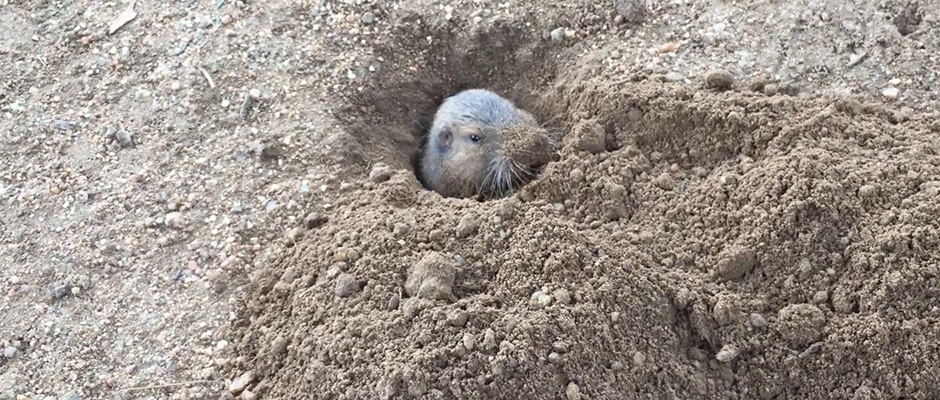What is Integrated San Diego Pest Management?
IPM process is used to control pest to inhibit their risks to the ecosystem and environment. Long-term strategies and techniques under IPM are employed to restrain the spread of pests in agricultural, urban, wild-land and in natural areas.
Pests damage plants or field crops, homes and other environmental components by disturbing ecological balance.They also transfer diseases in humans, birds, animals and plant species. San Diego pests are notorious plants, invasive weeds, rodent, and maybe some mammals, insects, mites, ticks, snails, and pathogen that impact the surroundings.

IPM mechanism
IPM programs have 6 elements: Pest identification, monitoring pest populations and the extent of damage, guidelines to take action, using cultural, biological, or mechanical or chemical tools to control pests. At last, monitor again the effects of the IMP program.
IPM uses environmental factors modification to limit the ability of California pest growth and unfavorable conditions are created in this case. Combination of strategies and scientific techniques can be employed that prove stronger when applied in an integrated way, it may involve:
Biological control: Natural enemies like parasites, predators, pathogens, and competitors are used for pest control. Every species of invertebrates, nematodes, weeds, plant vertebrates, and pathogens have numerous natural enemies.
Cultural controls: It involves practices to reduce San Diego pest growth and dispersal by affecting its survival capacities.
Mechanical controls: Use of traps, mulches to limit weed, soil sterilization, and screens barriers come under this category.
Chemical control: chemicals like horticultural oils, insecticides, herbicides, and pesticides are used.
Sterile technique for insects or SIT is now getting attention in the IPM program. In it, California pests that are sterile males are introduced into the field to trick insect females for breeding that goes unsuccessful and control. Healthy crops can be grown in disease-prone areas and the crop must be disease and pest resistant
Sources of pests
Over-watering, fungal infection, viral infections due to moist conditions, soil problems, and infected water spread pests in fields. pH And alkalinity determine soil and water health for growing and irrigations.
Precautions
-You need monitoring to identify the right San Diego pest to make appropriate control strategies
-Assess what sort of damage they create
-Consult now to find the pest environmental and biological factors that can be controlled and select a most appropriate method.
Visit our San Diego animal removal home page to learn more about us.

